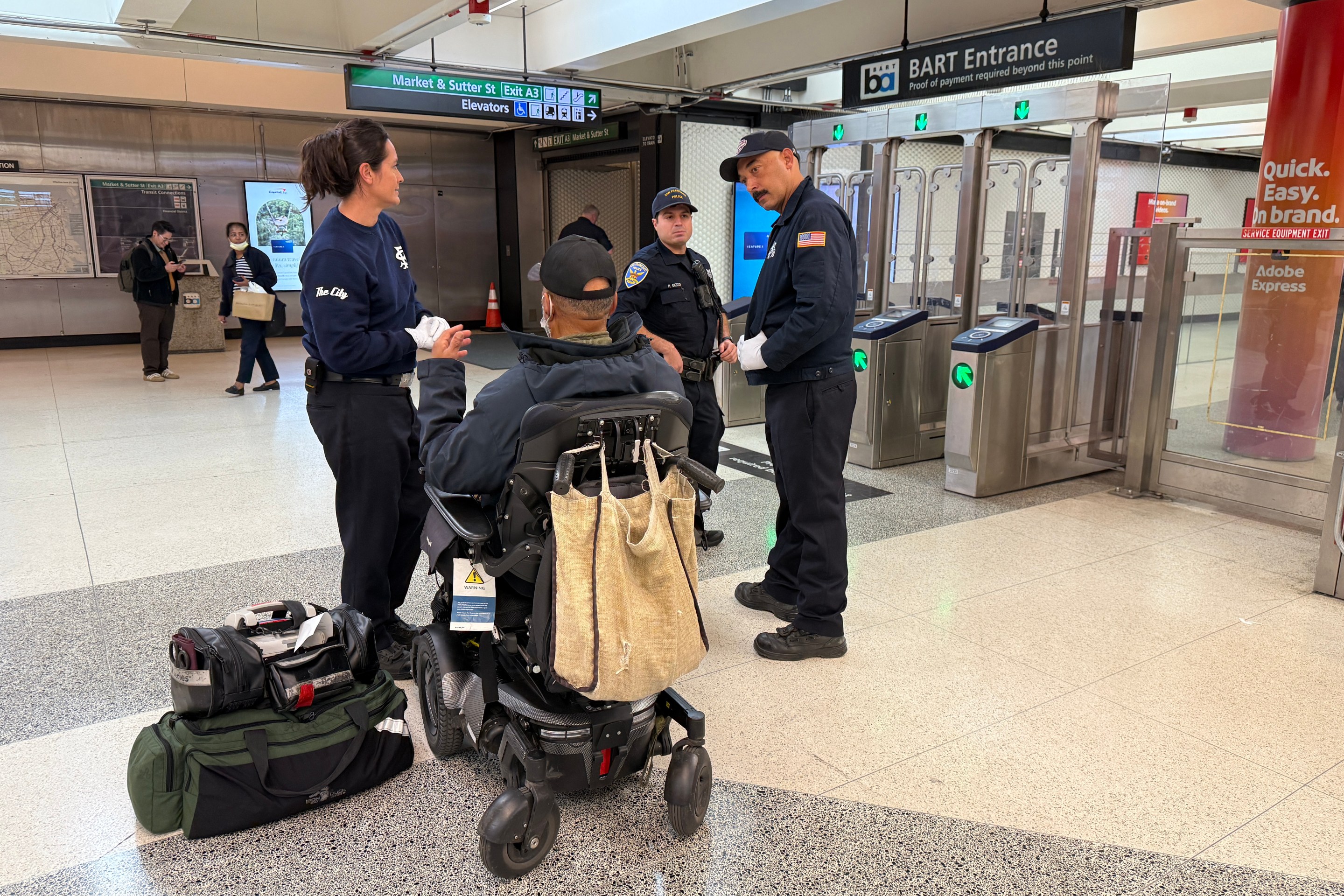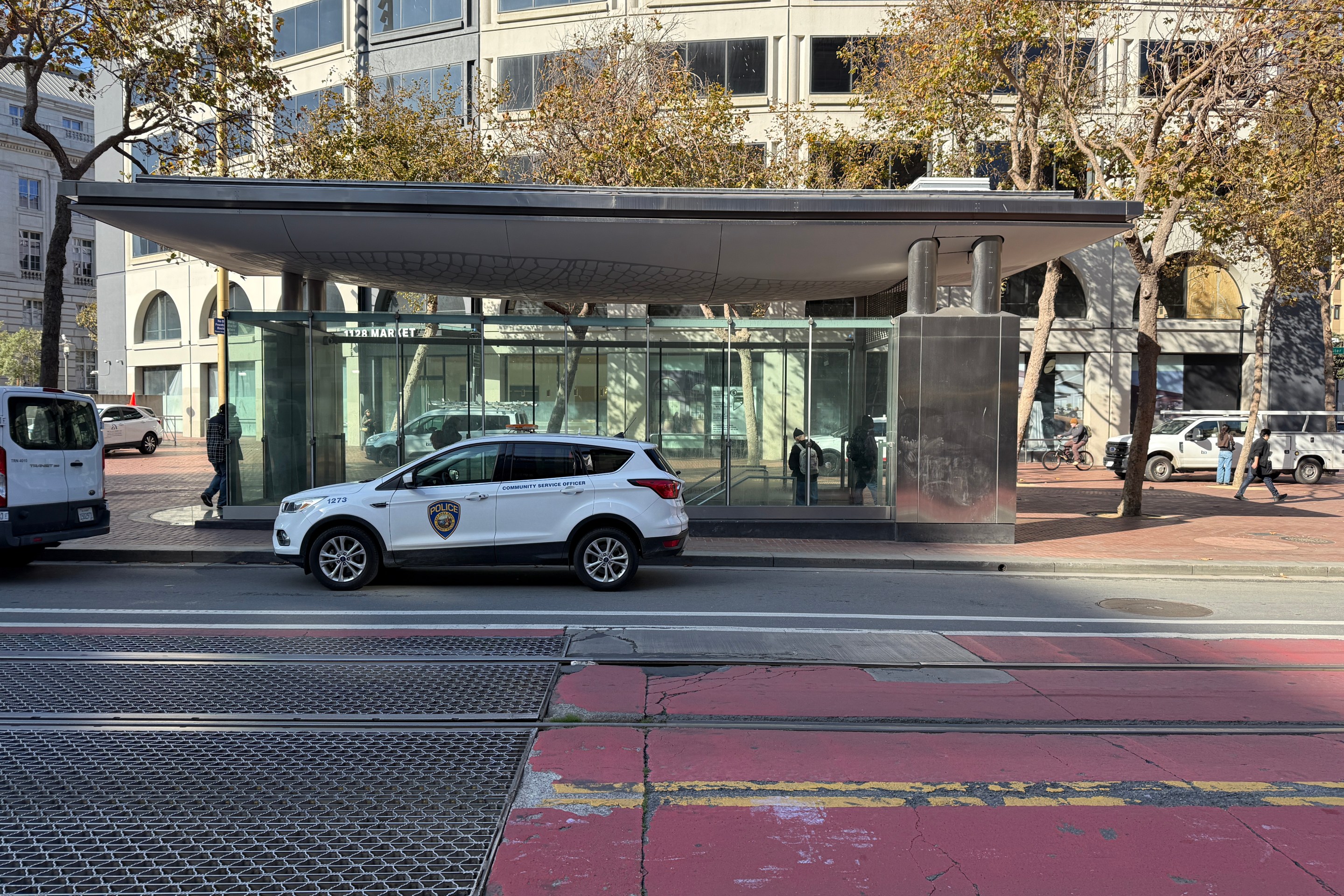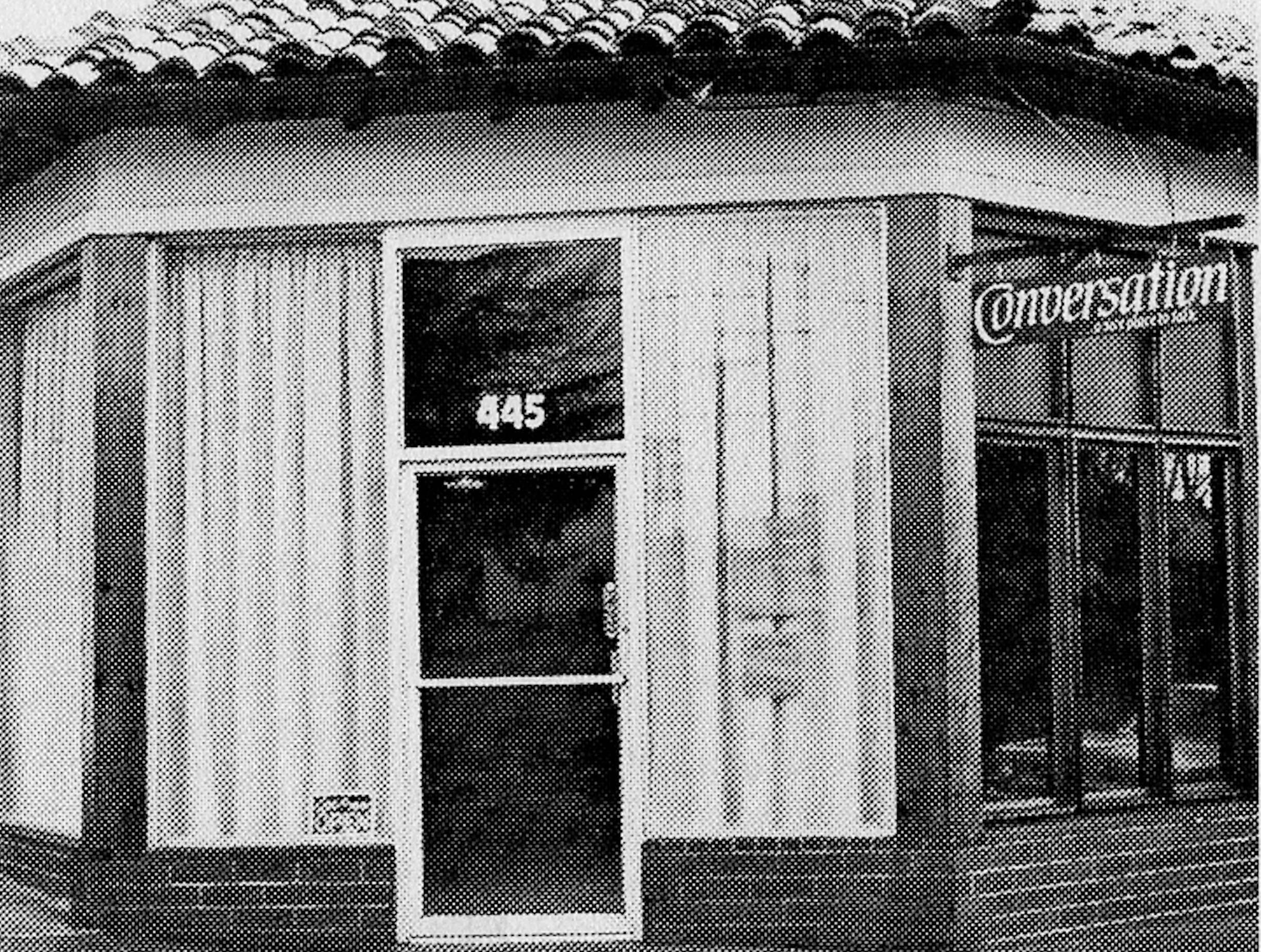If you want to know how dismal today’s job market really is, just take a scroll through LinkedIn. Among the personal updates and ads for SaaS platforms, you’re likely to find post after post of mid-career job seekers lamenting the demoralizing, degrading, downright broken state of hiring.
“The dehumanization of hiring needs to stop,” wrote a project manager named Jared Tetro in one post.
“Finding employment today isn’t just difficult — it’s become an exhausting, time-consuming process that can leave even the most seasoned professionals feeling defeated and helpless!” Kimberly Torres, an executive assistant, posted in another.
Long-term unemployment rates have hit record highs (numbers that will become even harder to parse now that the president has fired the director of the Bureau of Labor Statistics). Job seekers are growing desperate as the AI boom has disrupted the job market from every angle. Companies bracing for disruption are doing mass layoffs; organizations that are hiring are keeping applicants at bay or using applicant tracking systems and first-round bot screens. Applicants are using new tools to tailor their resumes and cover letters at scale, drowning hiring managers in thousands of AI-generated resumes the moment a new role is announced.
Perhaps the most damning evidence for how bad the situation has gotten isn’t what job seekers are saying, but where they’re saying it: On LinkedIn, the very platform that once promised to democratize the hiring process and smash the pay-to-play systems of elite college alumni networks, in-group biases, and nepotism. Now, it’s now haunted by ghost jobs and serving up doom loops on the social feed.
Job seekers are now trying anything and everything to navigate this broken system to land a job.
Eric Smillie, an Oakland-based content strategist and UX designer, tried every tool at his disposal during his nearly year-long job search that began when he was laid off last May.
“I tried a resume-producing AI tool for a bit, but I don’t think it was working at all,” Smillie said. Teal, the tool he tried, is an AI resume builder that promises users “expert tips” and “actionable recommendations” on their application materials.

Smillie’s last full-time role was as a content designer for job-listing site Indeed, where he ran the company blog that, ironically, published content about how to find jobs. Even that experience didn’t help him in his own job search, Smillie said.
The tactic that finally did help him nab a new role? Old-fashioned networking. He landed his current job at Autodesk because he happened to know someone who worked there.
“Networking is, still, by far the most effective way to get a job,” said Dan Yu, a headhunter and co-founder of career coaching service FutureProof You.
Other recruiters agree. Anne Chan, a career counselor in Stanford’s Cardinal at Work career guidance network, believes in-person networking is the best way to “overpower the anonymity of AI” in today’s “deep freeze” job market.
Still, some job seekers are taking a page out of the content creator playbook and going all-in on their #opentowork status, posting around the clock to bring some attention to their profile and hook some new leads.
Ashley Hackett lost her job as a communications specialist at the National Institute of Health’s Office of AIDS Research in Rockville, Md. last February, when the Trump administration made widespread cuts to federal workers. The day she was laid off, she took a few hours to process the news before sharing her story on LinkedIn. Her post went viral, gathering more than 3,700 reactions, 140 comments, and 400 reposts.
“That made me realize there was some power in getting the word out on LinkedIn, because that’s where the jobs are posted,” Hackett said.

Instead of spending her time sifting through LinkedIn’s job boards, she focused her efforts on the social side of the platform. Her posts about her work and her layoff have led to interviews, freelance editing gigs, and, not for nothing, a boost in morale.
“Being loud about it, I felt really cringe at first, because I don’t like being self-congratulatory on LinkedIn,” Hackett said. “But after a while, people started reaching out to me, and that was a huge leap for me.”
Hackett is still looking for full-time work but feels she’s in a good position to network; she’s a professional communicator, after all.
“I feel bad for people who aren’t already in communications or creative-adjacent spaces,” Hackett said. “For people who aren’t trained to do this, and for older people, they’re just not used to this.”
Yu, the career coach, says he understands why job seekers don’t want to become unemployment influencers to get hired. In his view, though, building a personal brand and pushing it without shame is a necessary evil.
“Choose your pain,” Yu said.
In other words, what do you prefer: Shamelessness or joblessness?
How much to lean into one’s personal brand is a fraught topic in today’s crowded market. Yu believes both job seekers and employed professionals (because, who knows?) should be posting their work and their takes on work on LinkedIn, so their profile tells a clear story the next time a recruiter drops by.
On the other hand, Chan said she cautions job seekers not to get too caught in tinkering with their personal brand.
“I sometimes try to not use the words ‘personal branding’ because it is so stressful for my clients,” Chan said. “They feel like they have to be the Coca Cola of job seekers.”
As a first step, Chan recommends job seekers forget about the terrible market for a moment and work out for themselves exactly what kind of job they want.
Aside from that, her advice is simple: Talk to people. Going to networking events, joining support groups online and in person, and even just seeing friends and family can help with one’s job search. It can also fill the agonizing days of being unemployed in today’s broken market.
“Just do something,” Chan said. “It’s important not to get too infected by the fear and the anxiety. Do your job searching, do your networking, do your self-care, and just keep putting one foot in front of the other.”
That may include joining a job-seeker community outside of LinkedIn, where you can be honest about the realities of the job search without also performing for potential hiring managers perusing the platform.
Online, the subreddit r/jobs has 2.4 million members, and the Substack newsletter Laid Off, which shares layoff stories (obviously), has amassed more than 11,000 subscribers since Melanie Ehrenkranz, a community manager at the fintech company Mercury, launched it last year. (She did so via a viral post on LinkedIn, of course.)
IRL, Smillie said the network he found through Never Search Alone: A Job Seeker's Playbook, a 2022 self-help book that offers readers access to local job seeker support and accountability groups, provided just the help he needed during his search — but not necessarily in the way he expected.
“It didn’t get me a job in a direct way, but we were able to share materials, give each other feedback, offer emotional support,” Smillie said. “It was sort of like the opposite of AI. We’re all employed now, and we’re actually trying to schedule a meet-up soon.”







